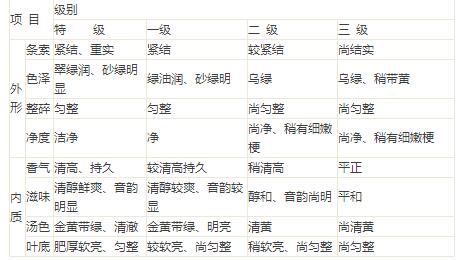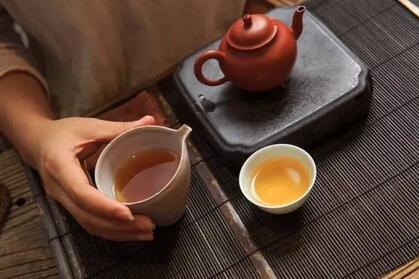Yesterday, the shopkeeper shared some basic knowledge about Tieguanyin, and a tea enthusiast asked: How exactly can one distinguish the quality of Tieguanyin?
To be honest, it’s difficult to explain in just a few words, but the general characteristics of good tea remain consistent. Let’s first look at how the national standard defines it.
Table 1: Sensory Indicators of Light Aroma Tieguanyin

Table 2: Sensory Indicators of Strong Aroma Tieguanyin

In summary, the key points are good shape, rich aroma, clear liquor, and evenly spread leaves.
We evaluate tea based on these standards, but for most beginners, the shopkeeper believes this isn’t the most important.
Drinking tea is a simple pleasure, with methods ranging from tossing leaves into hot water to the ritualistic Japanese tea ceremony—each has its own charm.
Take a moment to engage your senses—sight, smell, taste, and touch—to appreciate the tea’s color, aroma, flavor, and texture. Before brewing, observe the dry leaves’ shape, color, and fragrance; after brewing, examine the spent leaves.
Keep these observations in mind without overanalyzing, like questioning "what grade of aroma is this?" If a tea’s aroma pleases you, savor it; if not, simply move on.
With more experience and knowledge, your palate will develop memory, and only then will you truly begin to understand the tea’s quality.
But ultimately, returning to the essence of tea, isn’t it just about enjoying a simple cup?
(Tables sourced from the Tieguanyin National Standard)
